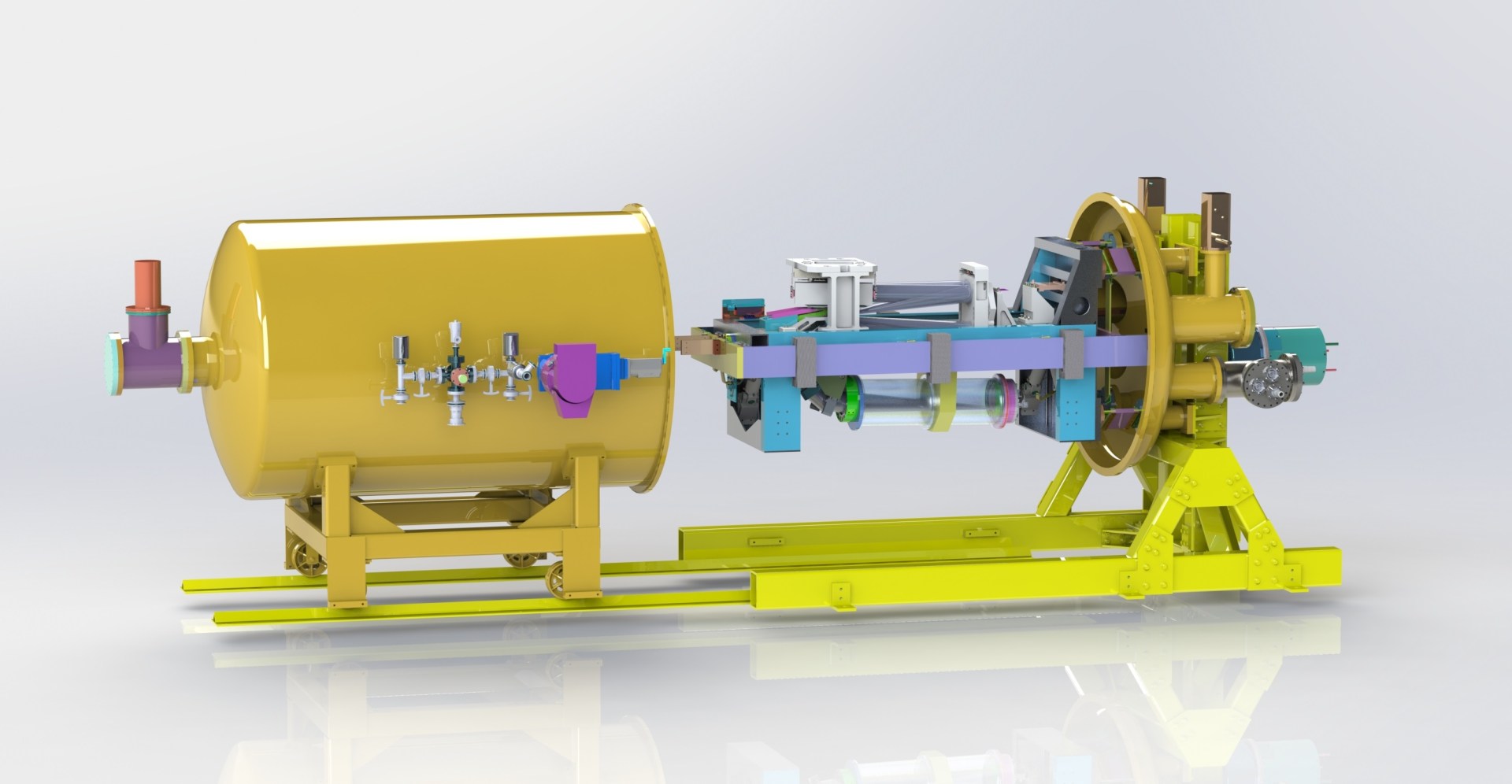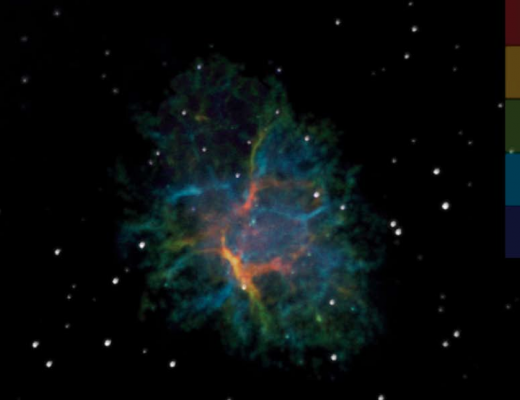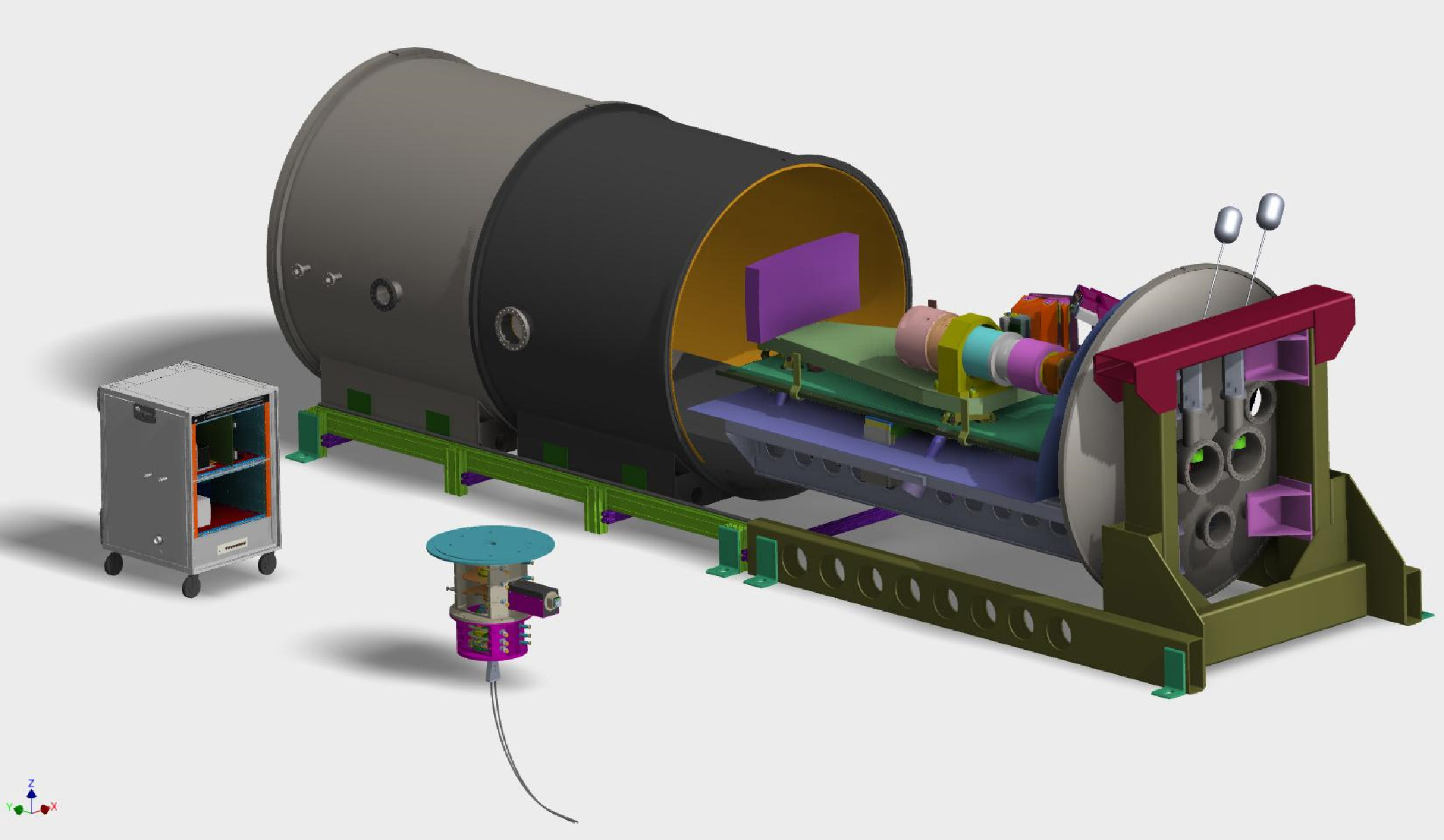A New Planet Searcher for ESO

A new high-performance instrument called NIRPS (Near Infra Red Planet Searcher) will be installed on ESO’s 3.6 m telescope at La Silla in Chile.
Built by an international team [1], led by researchers from the Observatoire du Mont-Mégantic (OMM) at the Université de Montréal and the Département d’astronomie at the Université de Genève, NIRPS is an infrared spectrograph designed to detect rocky, Earth-like planets around the coolest stars.
The addition of NIRPS to ESO’s constellation of telescope instruments was the subject of an agreement signed by Tim de Zeeuw, Director General of ESO, Marie-Josée Hébert, Vice-Rector for Research, Discovery, Creation and Innovation at UdeM, and Michel Oris, Vice-Rector of the University of Geneva.
NIRPS will complement the HARPS (High Accuracy Radial velocity Planet Searcher) instrument currently in operation on ESO’s 3.6 m telescope in La Silla, Chile.
HARPS is the world’s most productive planet-hunting instrument using the radial velocity method. HAPRS has revolutionized our understanding of exoplanetary systems. NIRPS will become the “red arm” of HARPS, extending the telescope’s infrared capability and enabling astronomers to characterize exoplanetary systems. Through this agreement, ESO will allocate 725 nights of observation over a five-year period to the NIRPS team.
The main aim of NIRPS is to use the radial velocity method to detect and characterize planets orbiting M-type stars – red, cold, low-mass stars. In particular, NIRPS’ mission will be to find rocky, Earth-like planets that could potentially be habitable.
M-type stars are particularly interesting because the radial velocity variations induced by an orbiting planet are greater than for more massive stars. As a result, exoplanets, including those in the habitable zone of M-type stars, are more easily detected. NIRPS will operate in the main infrared range of wavelengths emitted by such M-type stars. For red stars, the most common type in the solar neighborhood, NIRPS is expected to produce data that are at least as precise as those currently available from the HARPS instrument.
First light from NIRPS is scheduled for autumn 2019.
Notes
[1] NIRPS is a collaboration between : the OMM and the Institute for Research on Exoplanets (iREx) at the University of Montreal in Canada; the Department of Astronomy at the University of Geneva in Switzerland; the University of Grenoble-Alpes in France; the Instituto de Astrofísica de Canarias in Spain; the NRC Herzberg Institute of Astronomy and Astrophysics in Victoria, Canada; the Centro de Investigaçao em Astronomie/Astrofísica da Universidade do Porto in Portugal; and the Instituto Mauá de Tecnologia in Brazil; and the Universidade Federal do Rio Grande do Norte in Brazil.
Further information
The first phase of the NIRPS project will involve the installation of a new Cassegrain adapter to replace the one currently on ESO’s 3.6 m telescope. This new unit will include a new adaptive optics system, while retaining the optical qualities of the HARPS instrument. Meanwhile, the NIRPS instrument will be assembled and tested in Canada, then integrated with the new Cassegrain adapter on the telescope.
Links
- NIRPS Web Site
Contacts
Hans-Ulrich Käufl
ESO
Garching bei München, Germany
Tel: +49 89 3200 6414
Email: hukaufl@eso.org
Rene Doyon
Université de Montréal
Montréal, Canada
Tel: +1 514-343-6111 x 3204
Email: doyon@astro.umontreal.ca
François Bouchy
Observatory of Geneva University
Versoix, Switzerland
Tel: +41 22 379 23 96
Email: francois.bouchy@unige.ch
Richard Hook
ESO Public Information Officer
Garching bei München, Germany
Tel: +49 89 3200 6655
Email: rhook@eso.org


